Berlin Olympic Village - 1936 Summer Olympics

Well, these Olympics certainly went down in history as...interesting. The 1936 Olympics were held in Berlin and Adolf Hitler – yeah, that guy – decided he wanted to outdo the 1932 Los Angeles Games by adding a new 100,000-seat track and field stadium. Today, it's pretty odd to see photos of the event considering everything that was going on with Germany at the time.
Let’s just say there was a lot of red, white, and black. The Olympics this year were more or less used to promote views that would later cause WWII, with Jewish athletes being barred. In a more positive spin, it was also the first Olympic Games to ever be televised. It was recorded and made into a film (Olympia), which cost $7 million.
Berlin Olympic Village - Today
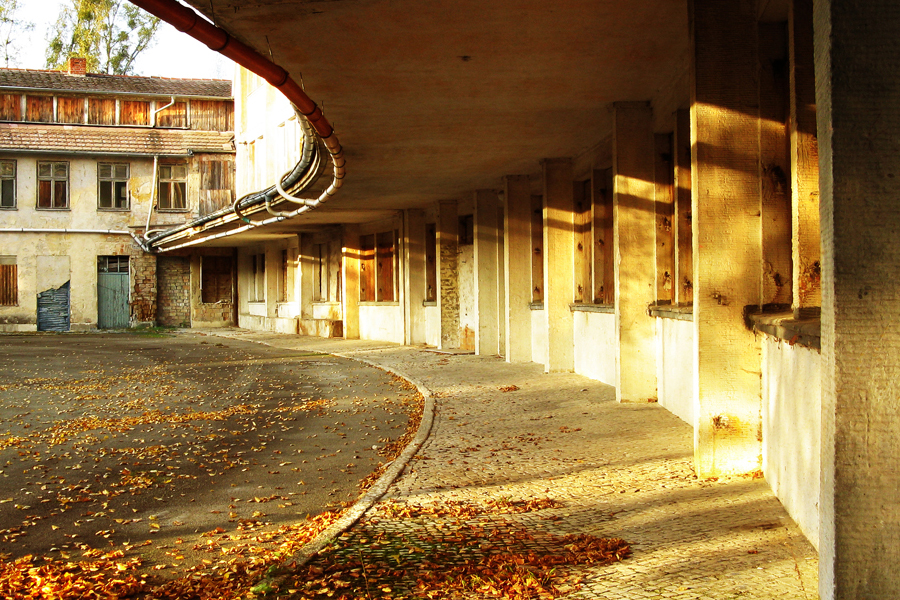
It’s almost impressive to believe that the structures from the 1936 Olympics are still standing. The most impressive of them all was the House of Nations, which acted as the centerpiece and dining hall during the event. There were 38 dining rooms total, each designated for athletes of a different nation.
Once bustling with activity when the games were underway, the village and its buildings now sit abandoned following years of war, occupation, and subsequent reunification. It isn’t all bad news, though! Money is being raised, however, to preserve the area and its historical importance. So far, conservationists have spent $2.25 million to make various structural repairs.
Los Angeles Memorial Coliseum - 1932 Summer Olympics
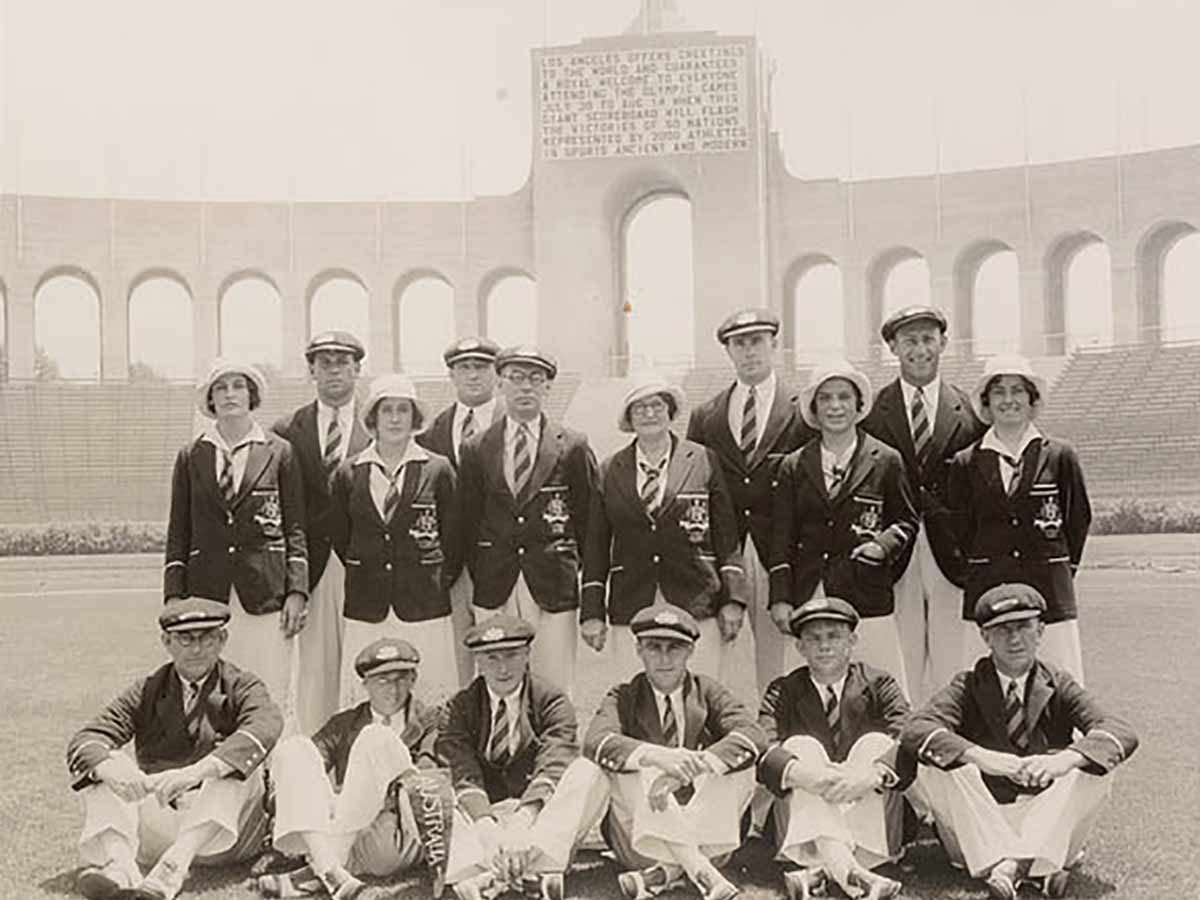
It isn’t easy having the Olympics during the Great Depression, but Los Angeles did its best to bring a little sunshine to the event. Due to the world's financial situation, only 37 nations were able to attend. This is in comparison to the previous Olympics in 1928 which had 46 nations attend. The shocking thing is that even U.S. President Herbert Hoover missed the games.
The games were held at the Los Angeles Memorial Coliseum, but it wasn't originally built for the Olympics. It was supposed to be a hallmark of civic pride and commissioned in 1921 as a memorial to L.A. veterans of WWI. All in all, the stadium has been used twice for the Olympics – once in 1932 and in 1984.
Los Angeles Memorial Coliseum - Today
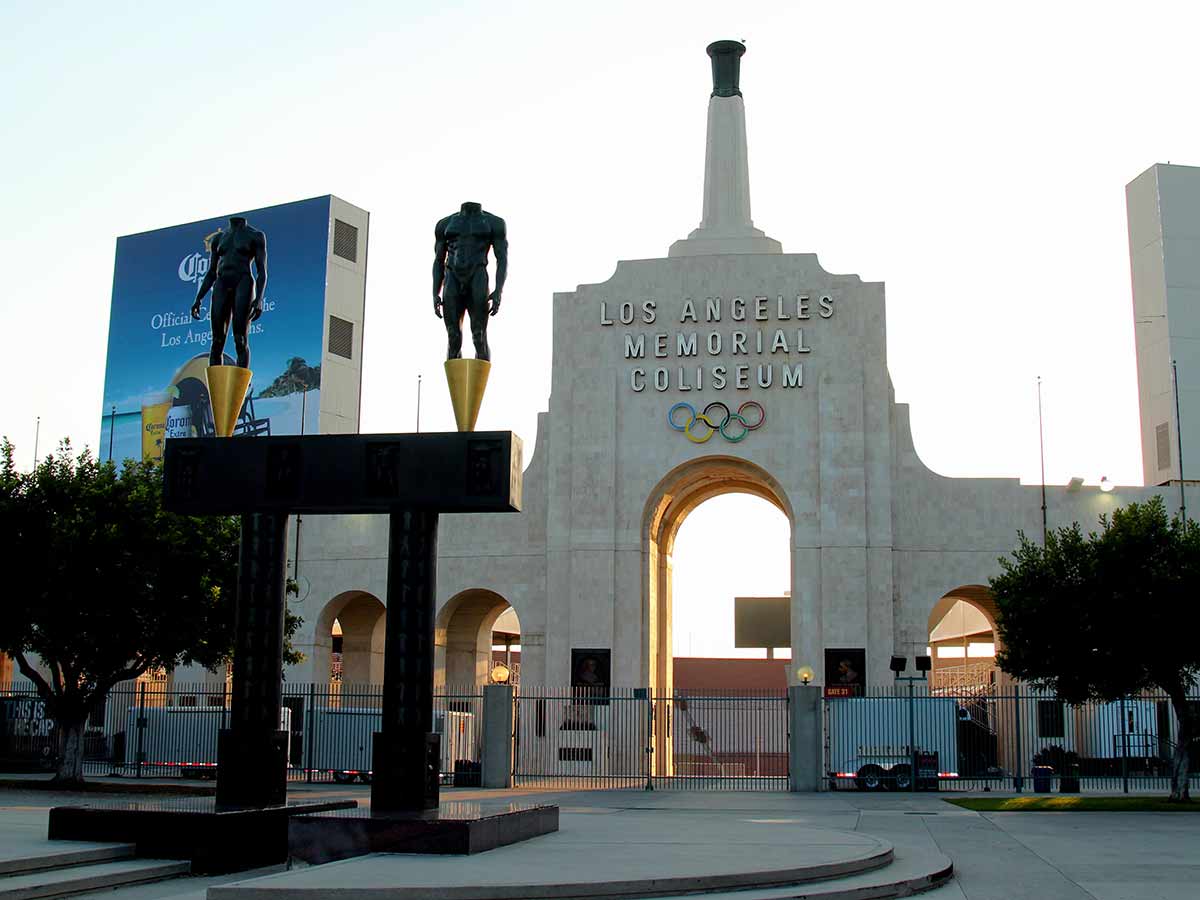
Los Angeles didn’t want its investment to go to waste, so it made sure to recoup its Olympic-sized investment. It’s been used twice for the Olympics, but it was also home of the LA Rams from ’46 to ’79. It also hosted the MLB World Series in 1959. Considering how much it cost to build this thing, at least it's been used a ton!
It hasn’t come without any expensive, however. The stadium required some repairs and a renovation. The project was completed in 2019 and cost a whopping $315 million. Now, it's going to be the home base for the Major League Rugby team, the LA Giltinis. It’s been 92 years after completion, and there’s no sign it’s going anywhere.
Wukesong Baseball Field - 2008 Summer Olympics
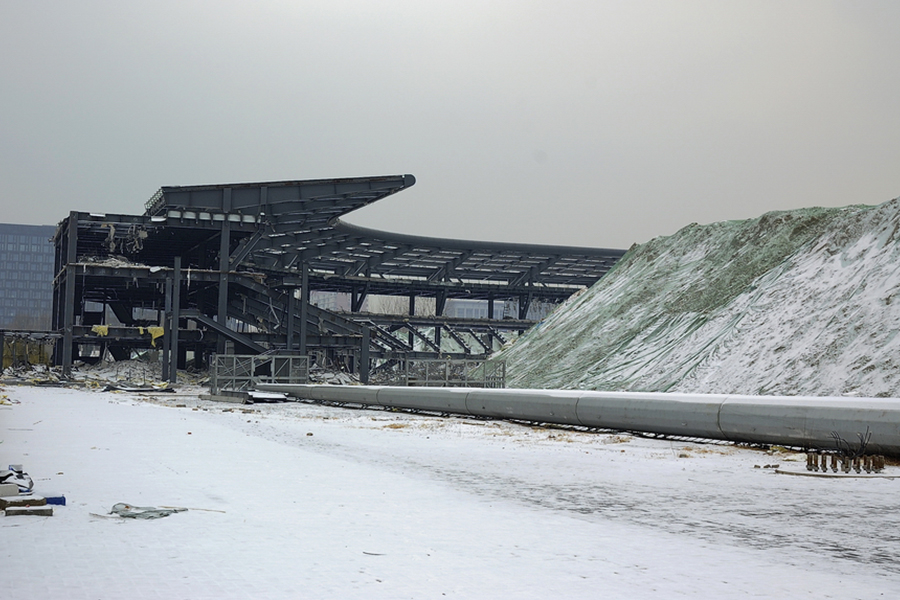
The 2008 Beijing Olympics had enough controversy for the whole century. It started when Beijing was given the bid due to human rights violations. Many high-profile celebs spoke out, but it didn’t seem to do any good. They held the Olympics and continued to do pretty questionable things, including destroying hundreds of families’ homes just to build the stadiums.
After being built, some of the structures were completely abandoned. While the Bird’s Nest is a tourist magnet, Wukesong Arena is being used on a regular basis. The baseball field held two games between United States teams (LA Dodgers and the San Diego Padres) against MLB China players. However, it fell out of favor by the following decade.
Wukesong Baseball Field - Today
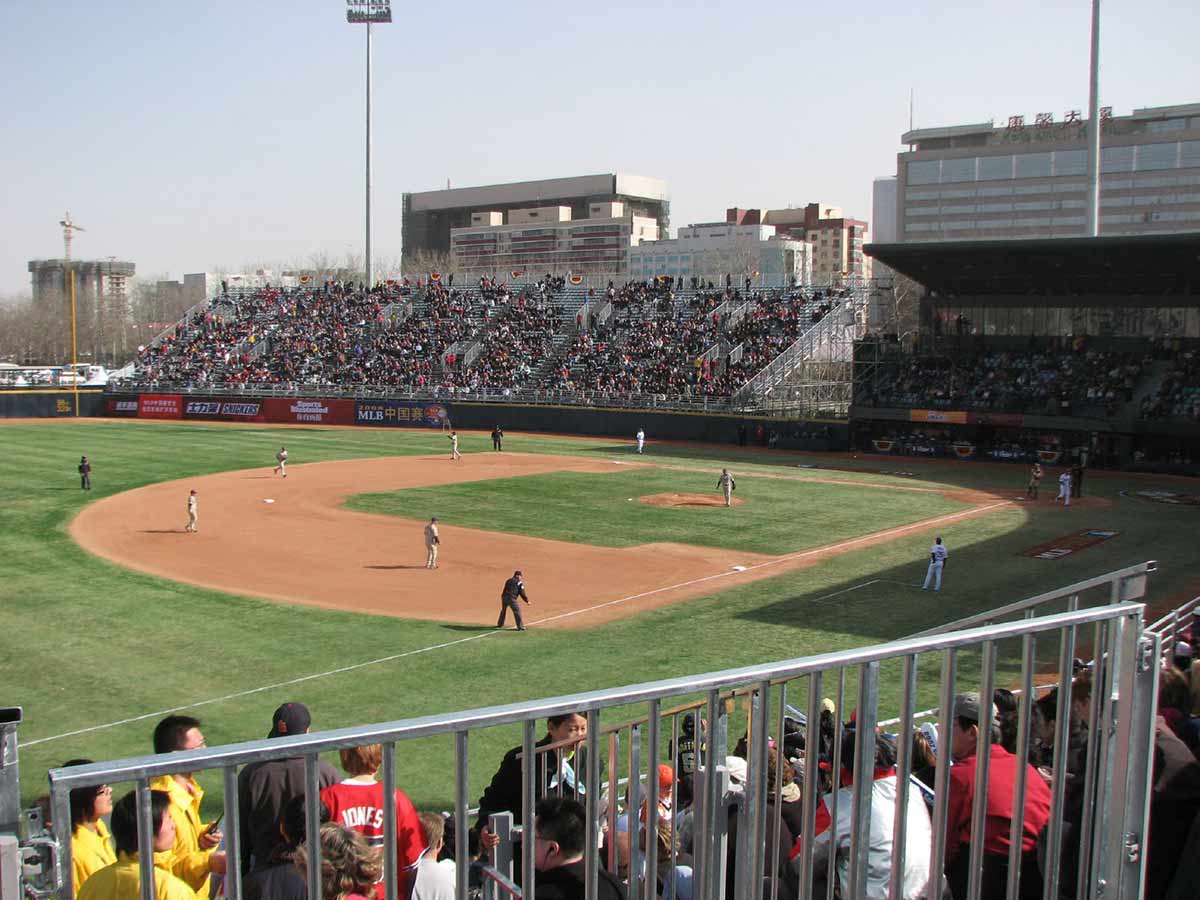
Now that the city has been awarded the 2022 Winter Games, let's hope Beijing has learned its lesson from the Summer Olympics. Beijing's Olympic baseball stadium was part of a larger sporting complex, but the whole thing didn’t last past the Olympics. Much of it was dismantled to make room for a shopping mall.
The baseball field, however, has remained. It’s now part of a baseball theme park, complete with restaurants. The area also gained an ice rink, where the 2022 men’s and women’s ice hockey tournaments will be held. It’s good to hear this whole area wasn’t abandoned and transformed into something even better.
Montreal Biodome - 1976 Summer Olympics

Back in 1976, Montreal was given the honor of hosting the Olympic games, so they went to work building amazing constructions like every other nation does. The Montreal Biodome was just one of them. It was originally designed as a velodrome, which is an arena specifically designed for track cycling.
The Olympics was opened by Elizabeth II and several members of the Royal Family attended, which was especially great since it was the first Olympic games hosted on Canadian soil. Interestingly enough, the Queen’s daughter, Princess Anne, competed in the games as a part of the British riding team. Overall, the games went great!
Montreal Biodome - Today
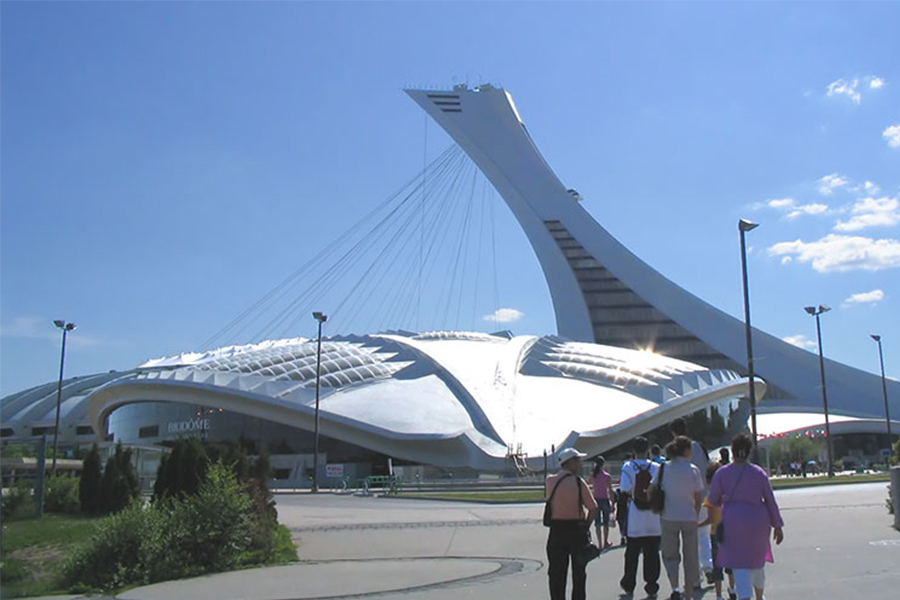
Montreal hosted the cycling (of course) and the judo events at the velodrome during the Olympics. Afterward, well, it wasn’t like everyone was going to flock to a track racing arena to watch people ride bikes for hours. So, Montreal decided to turn it into something even better to keep people visiting.
The building has since been renovated into the Montreal Biodome. It has a variety of simulated habitats that replicate the tropical rainforests of South America, the North American wilderness, the marine environment of the Saint Lawrence River, and the polar conditions of both the Arctic and Antarctic. Gotta admit this is a lot better than a cycling track!
Sarajevo Olympic Bobsleigh and Luge Track - 1984 Winter Olympics

The Sarajevo bobsleigh and luge track were specifically built for the 1984 Olympics. It cost roughly $675 million in USD – not a small amount! The event went off without a hitch, with 20,000 luge and 30,000 bobsleigh spectators. We’re sure Sarajevo wanted to keep the track intact for later use, but it didn’t work out like that.
The ‘90s brought nothing but war for the nation. Yugoslavia, specifically Sarajevo, was in the middle of a war that would dissolve the country in 1992. The Siege of Sarajevo was the longest siege of a capital city in the history of modern warfare. Worse yet, it caused significant damage to the whole city, and countless were killed.
Sarajevo Olympic Bobsleigh and Luge Track - Today
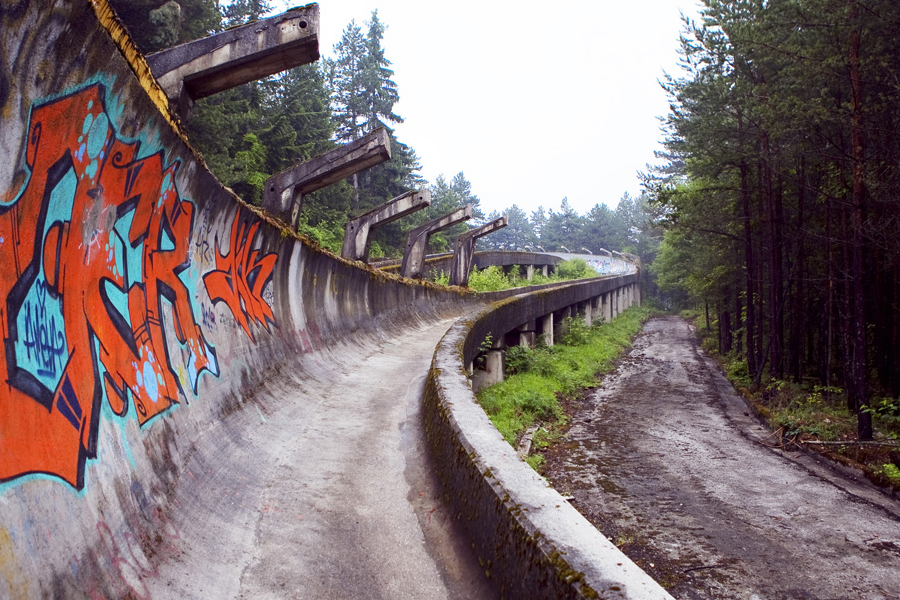
The Sarajevo Olympic bobsleigh and luge track was used as an artillery position and was completely destroyed during the Siege. Not much was left, and it was the last thing on the city’s mind as it transitioned from Yugoslavia to Bosnia and Herzegovina. Guess rebuilding your nation does come first!
After everything chilled out, it became a graffiti park, and the damage from the artillery can still be seen today. On a positive note, renovation began in 2014. The plan is to use it as a summer training camp for the International Luge Federation. There were talks of hosting a Youth Olympic Winter Festival, but the renovation would have cost too much. Instead, they got the track serviceable.
Montjuïc Municipal Pool - 1992 Summer Olympics
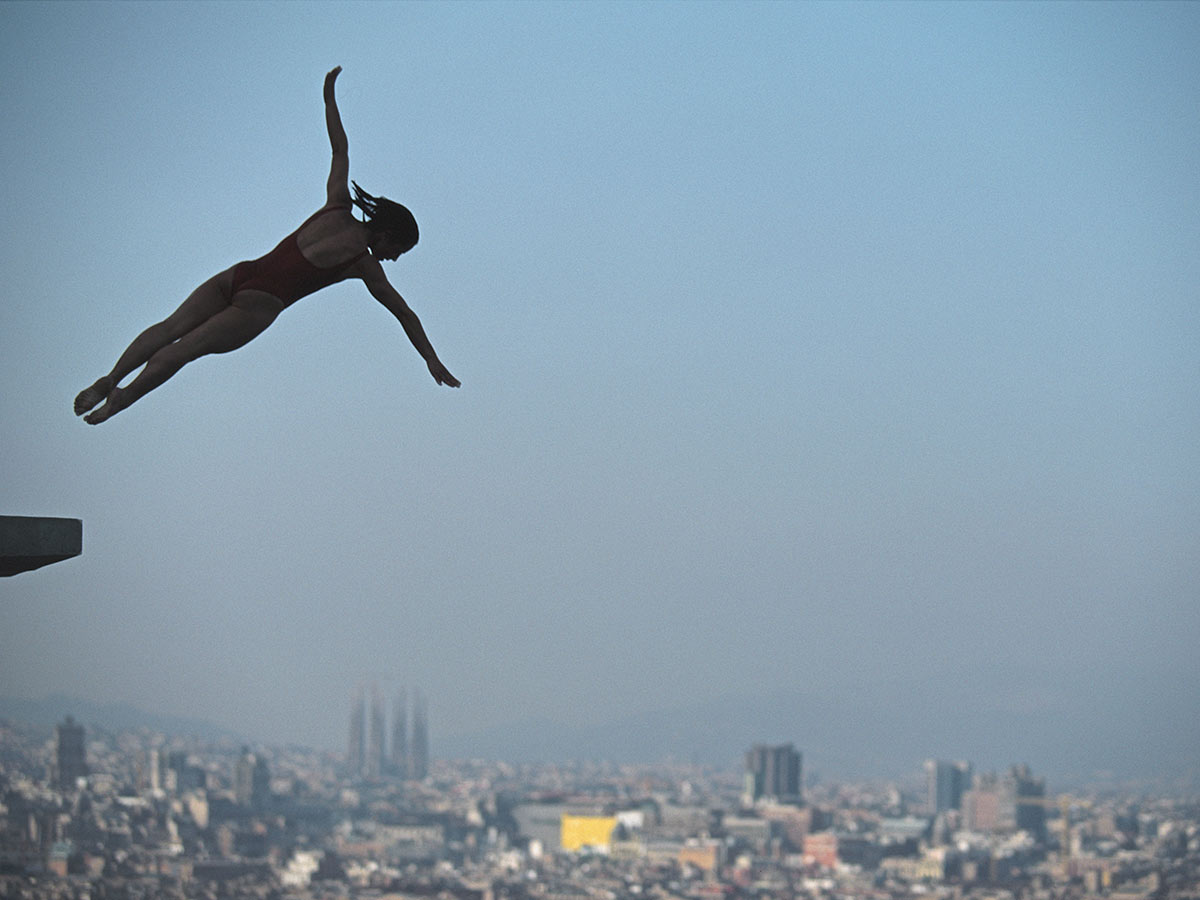
The 1992 Olympics were pretty eventful. It was the first time the IOC decided not to hold the Summer and Winter Olympics in alternating even-numbered years. It was also the first year South Africa was allowed back into the games after being banned for 32 years – the country had been banned due to the apartheid.
The Montjuïc Municipal Pool, or Piscina Municipal de Montjuïc, was a smaller part of the Olympic Ring, which was the main site for the 1992 Summer Olympics. Thankfully, Barcelona didn’t let the Olympic Ring fall into disrepair after the huge event. In fact, many of the locations (including the Montjuïc Municipal Pool) are still super popular today.
Montjuïc Municipal Pool - Today

From the outset, Barcelona’s plans for the Montjuic Municipal Pool utilized existing structures. Though it was refurbished for the 1992 games, the pool was actually built in 1929. It wasn’t like they were going to let their beautiful pools go to waste! Following the Olympics, the swimming center continues to see use by being open to the public.
There are few places that are as amazing as these pools. The view is unbeatable while you relax in the cool pool on a hot day. If you visit and the pool happens to be closed, many people enjoy the small bar that’s located nearby. You get the view, a great drink, and delicious food all in one.
München Olympiastadion Station - 1972 Summer Olympics

Germany takes the Olympics very seriously. When the country won the bid for the 1972 Olympics, construction of additional transportation was immediately started. This station addition to the German S-Bahn ferried visitors from around the city to the site of the Berlin Olympics. It worked well during the event, but afterward?
There wasn’t much left for it to do! The station occasionally carted people during football matches that were near the Olympic Stadium, but that’s about it. After the Olympics, the station attempted to stay in operation by using one-way operation with trains arriving from the western route and departing from the east.
München Olympiastadion Station - Today

Unfortunately, it was too expensive to keep the train and station going. It lasted until 1988, remaining open for one last game – the 1988 UEFA European Football Championship. After that, it fell into disrepair and people began to make it a home for massive amounts of graffiti while greenery reclaimed the land.
In 2003, some of the tracks were excavated to make room for the U3 extension of the Munich U-Bahn. Some other plans were to reuse the area as a Transrapid line that connected Munich’s central station and the airport, but costs got too high, and the project was abandoned. Now, it’s becoming overgrown.
Centennial Olympic Park - 1996 Summer Olympics
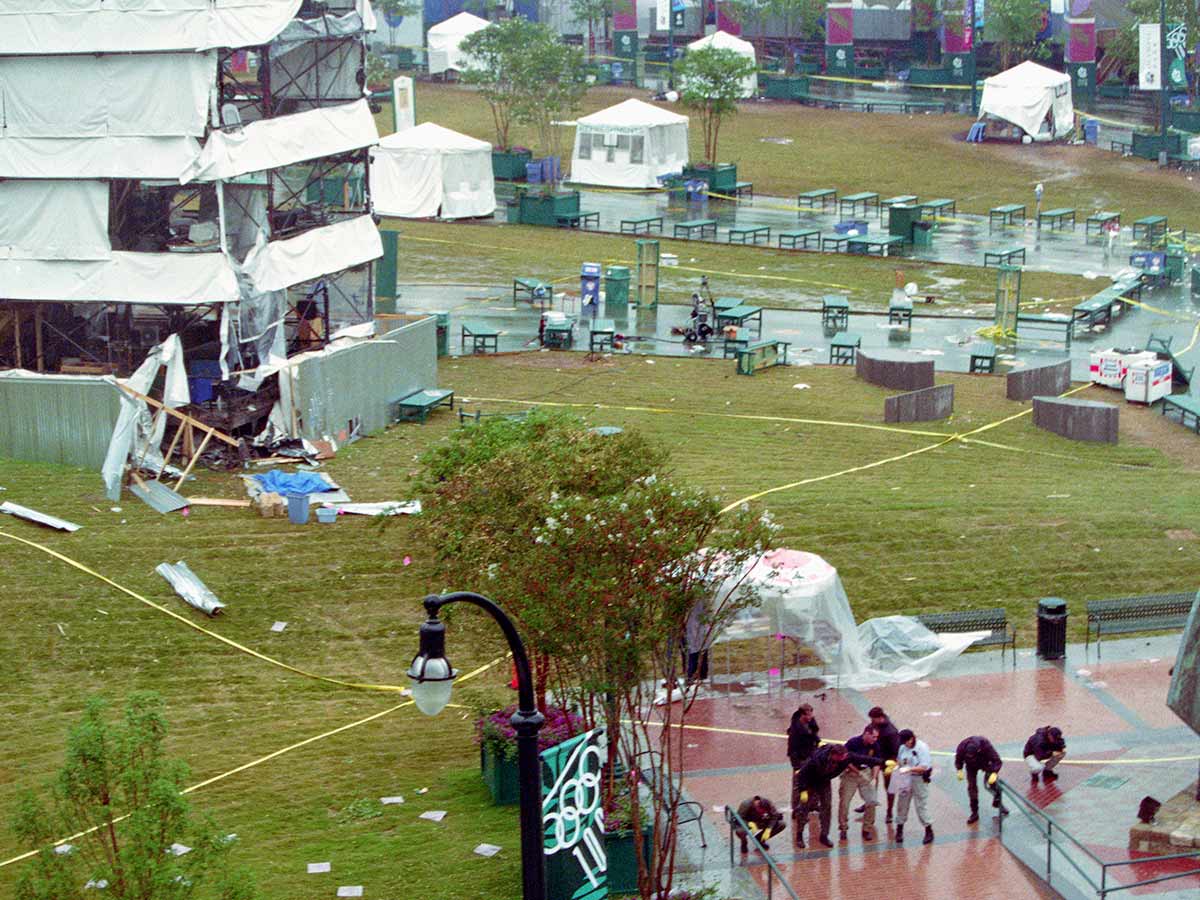
While we’d like to say that the 1996 Summer Olympics went off without any issues, we all know that that’s wrong. Everything was going great until July 27. A security guard discovered a pipe bomb and went to notify law enforcement. They attempted to evacuate everyone they could and saved many lives.
Unfortunately, two people still passed away. One was a spectator, Alice Hawthorne. The other, Melih Uzunyol, succumbed to a heart attack from the explosion. A total of 111 others were injured. If you look at the Centennial Olympic Park sculpture, you can still see damage from when the bomb initially went off.
Centennial Olympic Park - Today

Before the Atlanta games, the area that previously occupied the location of Centennial Olympic Park was an abandoned industrial area, dotted with vacant lots and run-down buildings. Completed in two separate phases, the park featured sponsored exhibits and medal ceremonies and now covers over 21 acres of green space.
Everyone knows that Atlanta is a hotspot for tourism, so they didn’t want to let any of their buildings go. The Park itself still looks as beautiful as it did when it was first built, complete with a splash fountain for kids to play in when the temperatures soar. The arenas have been turned into rec centers or homes for local sports teams.
Athens Olympic Sports Complex - 2004 Summer Olympics

The Athens Olympic Sports Complex wasn’t built for the sole use of the Olympics (despite the name). The center was actually put together in 1982 and hosted the Mediterranean Games in 1991 and the World Championship in Athletics in 1997. Then, Athens won the bid to host the Olympics. At that point, it would need some renovations.
The upgrade included giving the main stadium a roof, but there were various other repairs to the other buildings surrounding the lead structure. In total, there were five major venues that would host the 2004 Olympic Games, but what happened to everything after the legendary flame was extinguished?
Athens Olympic Sports Complex - Today
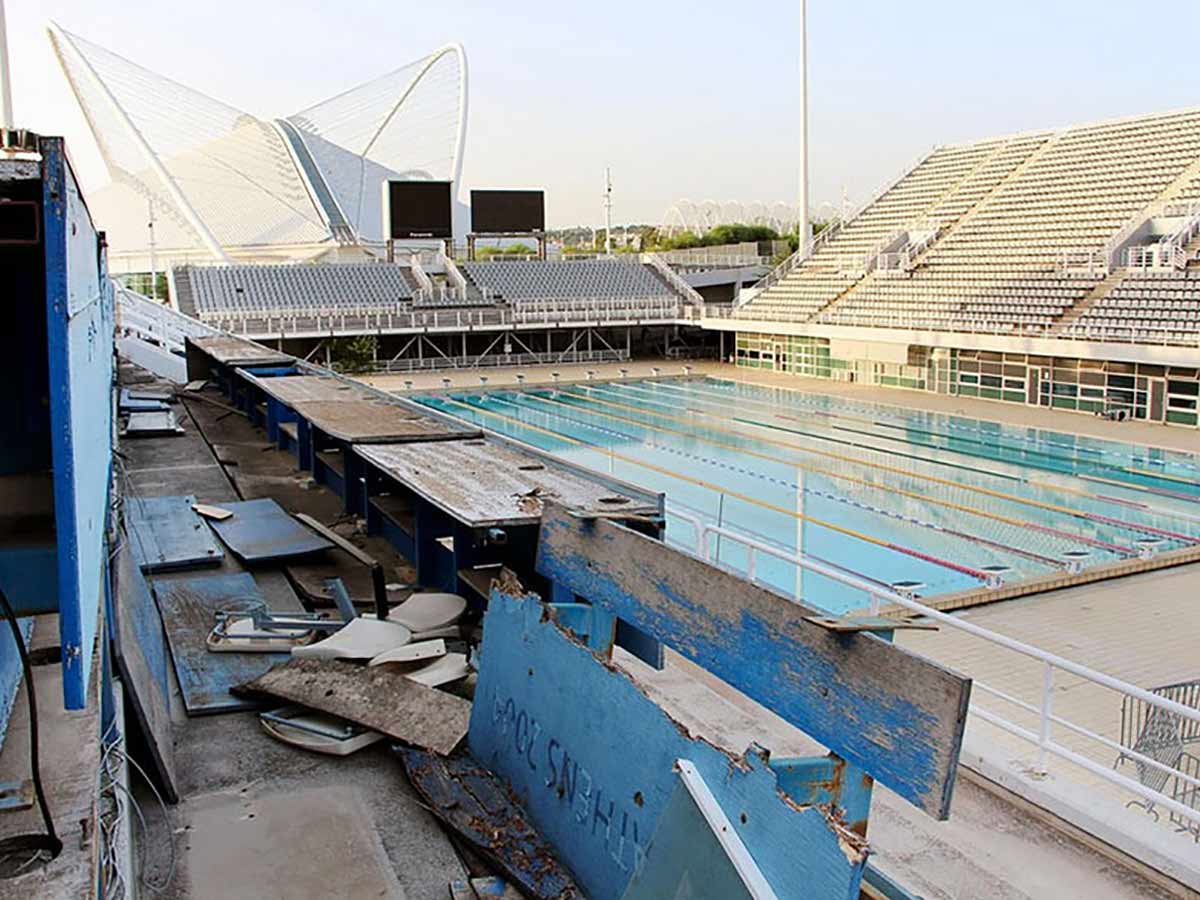
After the games, the Olympic Sports Complex remains only a shell of its former self. The outdoor swimming pool, which controversially lacked a roof to protect from the hot Athens sun, has since been drained. It’s a big shame that they didn’t put a roof on this building (and chose the main sports complex). Only the interior diving pool remains in use.
All the other buildings have fallen into various states of dereliction or disrepair. Only the main structure is used today, but some major repairs are still necessary to bring it back to its former glory. The 2004 Athens games were supposed to be a homecoming for Greece. What they got instead was crippling debt.
Stadio Olimpico di Torino - 2006 Winter Olympics
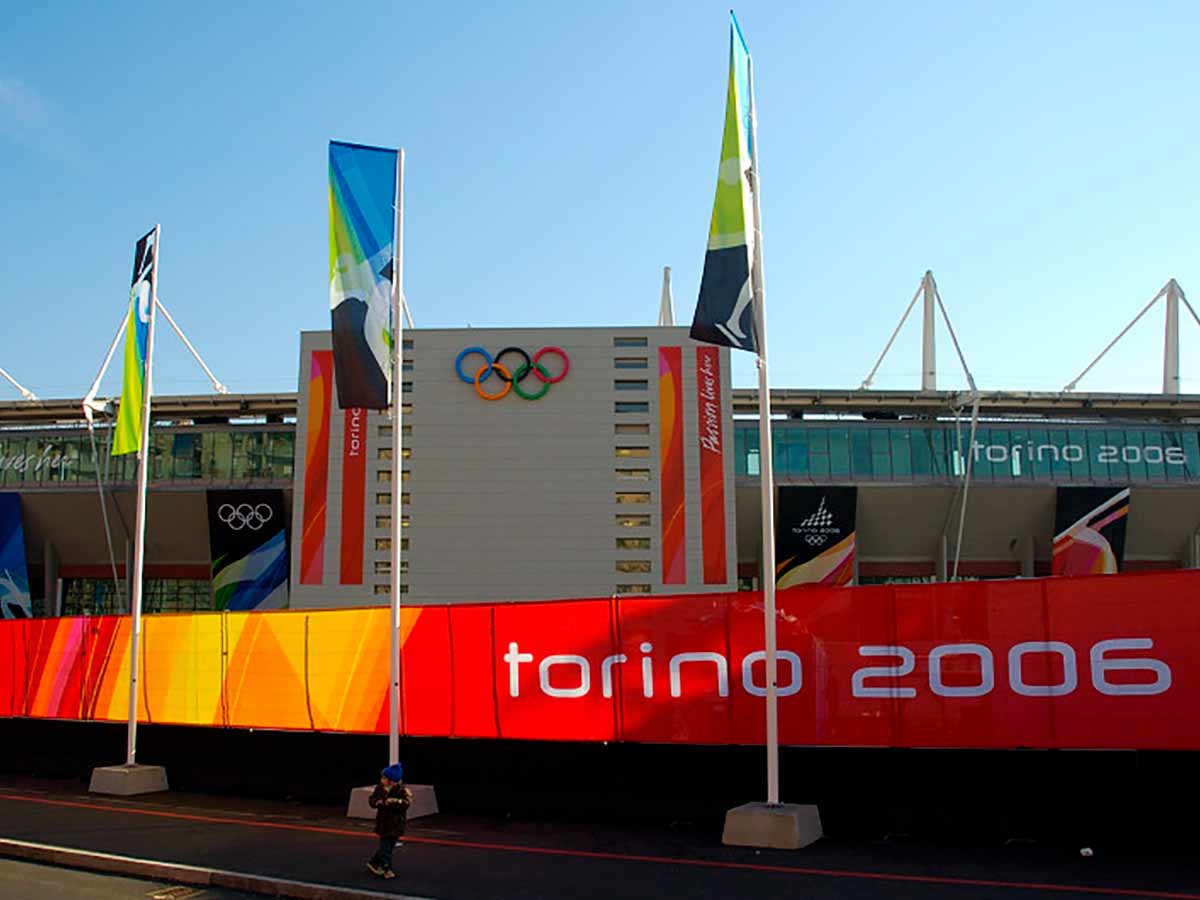
The Stadio Olimpico di Torino was built in the 1930s and was originally known as Stadio Municipale Benito Mussolini. However, that name wouldn’t fly later, so it was renamed Stadio Comunale. It was used until the 1990s when it was abandoned in favor of a better stadium, but everything changed when Italy won the Olympic bid.
Similar to Barcelona, Turin’s plans for an Olympic stadium revolved around renovating the 1933 Benito Mussolini Municipal Stadium to something a little more fantastic and Olympic-worthy. It’s estimated that this total rehaul cost Turin nearly 30 million euros – not a small amount for any currency! So, what is it up to now? Surely Turin kept using it.
Stadio Olimpico di Torino - Today

Uh, duh! Turin continued to use the stadium following the Olympics. It turned into a football (the soccer kind of football) stadium that underwent a new name change. That name didn’t stick because Turin wanted to honor the 1940s football team. Thus, the Olympic stadium became Stadio Olimpico Grande Torino.
It’s had several renovations, and while the outside looks much the same, the inside has had quite a few overhauls. Security has been boosted as well as adding new seating (and improving the viewability from this seating area). So far, there are no signs that Olimpico will stop being used. Turin has worked hard to keep it up to snuff.
National Olympic Stadium - 1964 Summer Olympics

The National Olympic Stadium drew all the glitz and glamor in 1964 when it was the site of the Olympics in Japan. While also holding the opening and closing ceremonies, it was also the venue for the track and field events. It wasn’t an easy road for Japan during this time, however.
The country was supposed to originally host the Olympics in 1940, but they lost the honor after invading China. It didn’t take long afterward for the Olympics that year to be canceled due to WWII. That was the first time Japan would have hosted the Olympics, so it was a pretty big loss.
Japan National Stadium - 2020 Summer Olympics

After 1964, Japan went on to host the Olympics another three times – not including the 2020 bid, which would make it the fourth. Japan decided that the National Olympic Stadium just wasn’t doing it anymore, so they completely tore it down to put the Japan National Stadium in its place.
While it’s sad to see it go, the capacity of the National Olympic Stadium was just 48,000 while the Japan National Stadium can host a shocking 80,000 with temporary seating (nearly double). The only unfortunate thing is that Japan is hosting during the COVID-19 pandemic, so maybe building a larger venue was unnecessary?
London Aquatics Centre - 2012 Summer Olympics
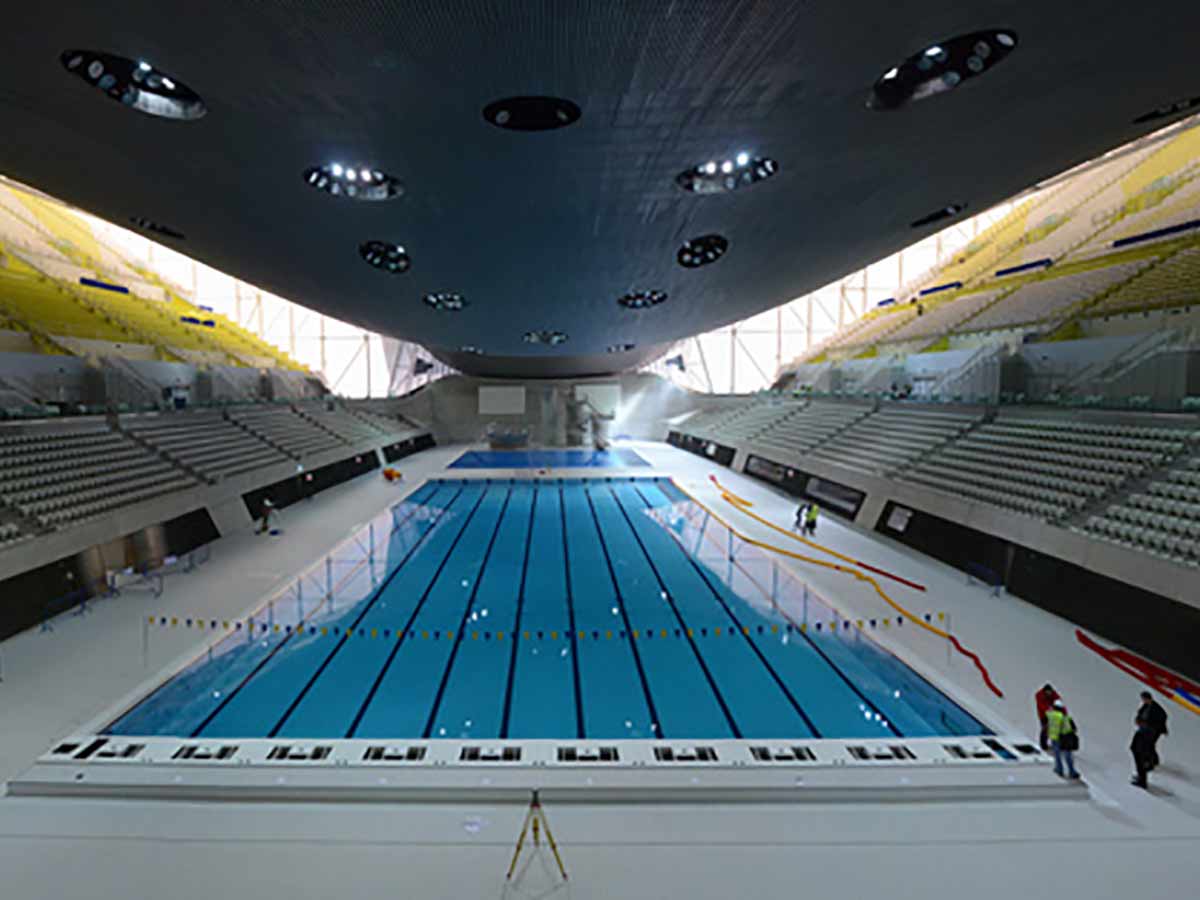
London spared no expense when it came to the aquatics center. The center was designed by prize-winning architect Zaha Hadid before London had even won the bid for the 2012 Olympics! Guess they knew they would be chosen that year – maybe something more serious is going on behind the curtains at the IOC?
Either way, it certainly paved the way (literally and figuratively) for this stunning building. During the Olympics, it was home to swimming, diving, and synchronized swimming events. The coolest thing about this building is that it’s built to be three meters (nearly 10 feet) deep, but the floor can be moved to reduce depth.
London Aquatics Centre - Today
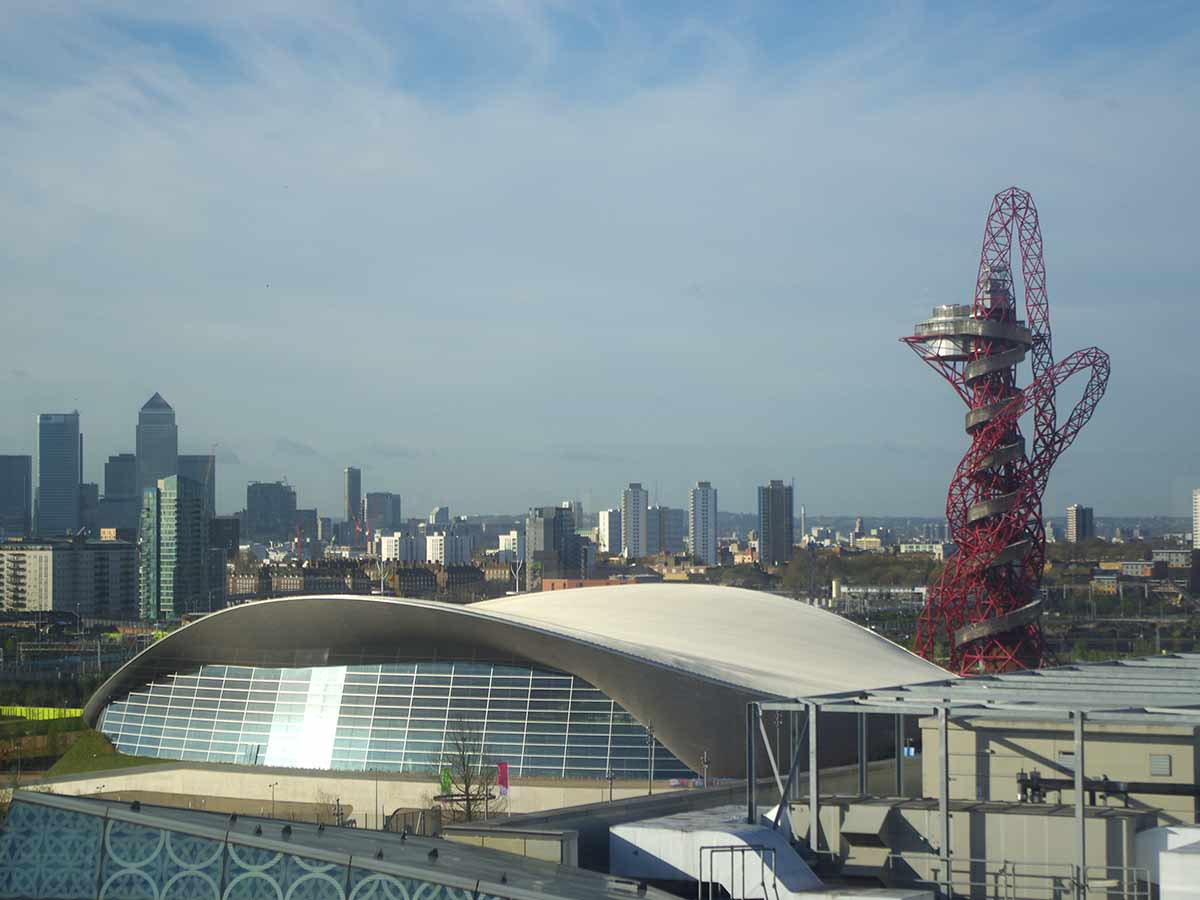
After the Olympic flame was extinguished, the building just kinda sat there for a bit. It took two years for the pool to be modified and opened to the public in 2014. Now, anyone can see this “masterpiece,” as it's called by the IOC president, Jacques Rogge. We can see why he would say that!
Seating had to be removed during the public renovation, but afterward, Londoners were happy to know that the admission prices were in line with other local leisure centers in the area. The Aquatics Centre also has a café, gym, and tons of other conveniences that really make it an all-day thing.
London Stadium - 2012 Summer Olympics

Like all Olympic bid winners, London set out to make a structure that would stay around for decades, seat thousands, and act as an amazing place for tourists to visit. The London Stadium was just that. When constructing this stadium, there was an emphasis on sustainability, putting the previous bid winners to shame.
The Olympic Park was built on a former industrial site in east London using venues that could be renovated rather than constructed from the ground up. Afterward, it was important for the country to continue the use of these buildings following the 2012 Summer Olympics. It’s a quest we can all admire.
London Stadium - Today
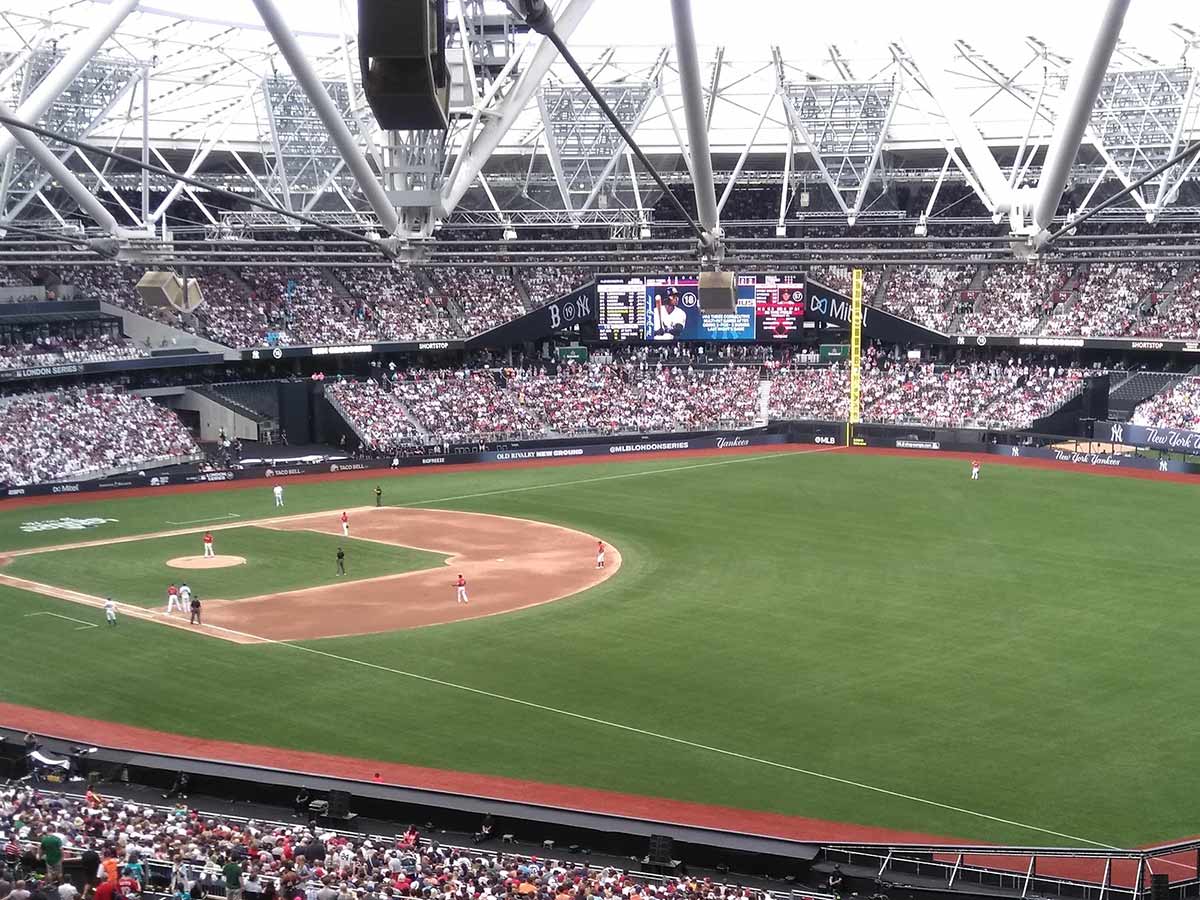
Today, London holds a legacy for post-Games venue sustainability, and it’s used as a blueprint for future Olympic events. What to do with the stadium wasn’t an easy decision, and it went through a round of bids to determine what should be done. It took two rounds of bidding, but a decision was made.
After the Games, the stadium went on to host several events from the World Para Athletics Championships to MLB and even the London Grand Prix! The most interesting thing is that the London Stadium was where the Boston Red Sox played a two-game series against the New York Yankees. We’re not too sure why, but hey, we’re glad to see London getting in on America’s favorite pastime.
Sarajevo Ski Jump - 1984 Winter Olympics
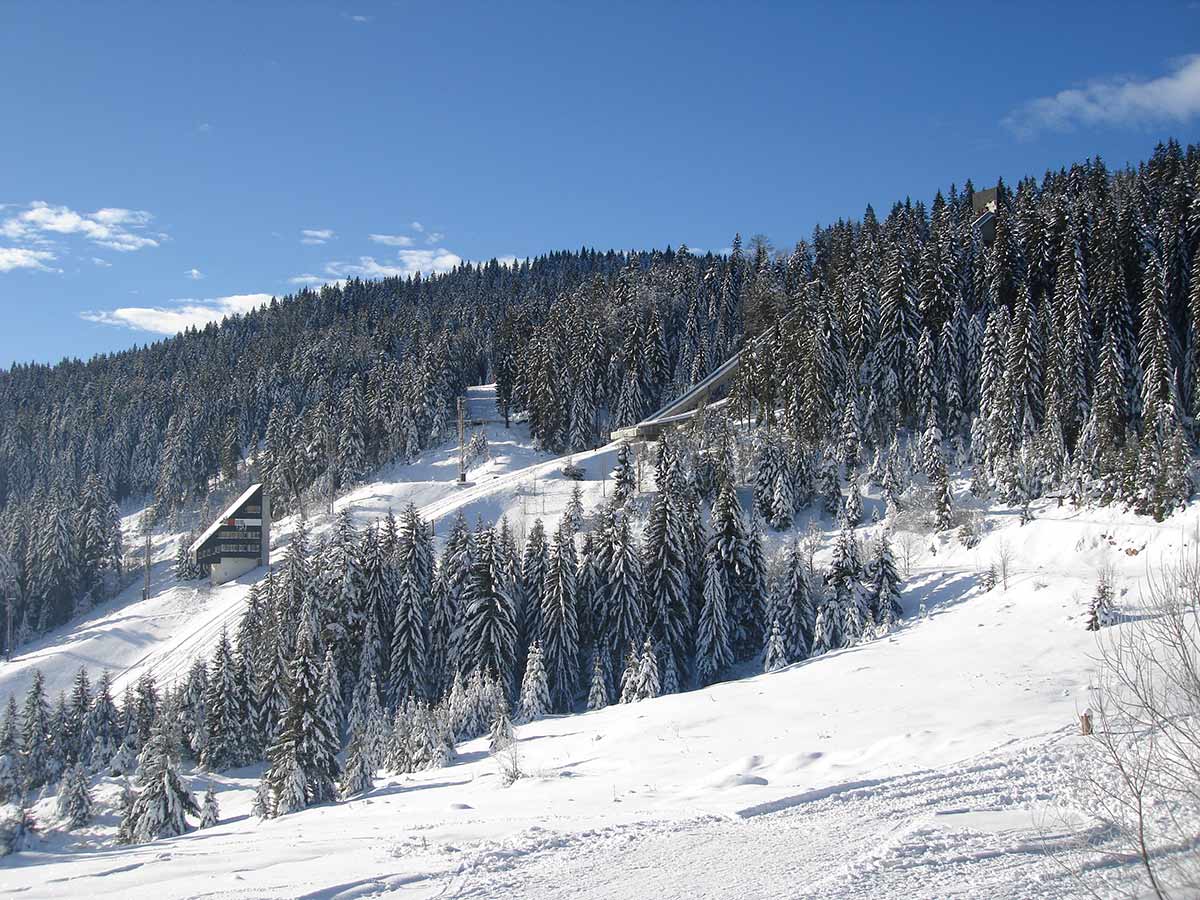
The Sarajevo Ski Jump, aka the Igman Olympic Jumps, aka the Malo Polje – yes, it has a lot of names – was stunning when it opened. Construction started in 1980 specifically for the 1984 Winter Olympics. It was the very hill that saw Finland’s Matti Nykanen set the hill record of 116 meters in front of 90,000 spectators.
Unfortunately, no other International Ski Federation sanctioned competitions have gone on at this jump. It likely has a lot to do with the fact that it was involved in the Siege of Sarajevo. The hills were a battleground, causing a lot of destruction to the structures that hosted the fun, joyful events a few years prior.
Sarajevo Ski Jump - Today

Igman was a buffer zone between the Bosnian government and the Army of Republika Srpska during the battles. Much of the Olympic area was utilized for one thing or another during the war, so it’s no wonder no one wants to return there. The Olympic podium was used as an area to execute people, and while it’s been repaired, it can’t clean away the memory.
Much like the other locations at Sarajevo, there have been plans to renovate and repair the area to make it usable again. So far, nothing has been completed. The plans began in 2010, with estimates costing anywhere from 7 to 10 million Euros. Pretty much everything has to be rebuilt. So far, no work has been completed, so we’re not sure it’ll ever return to its former glory.
Sochi Olympic Park - 2014 Winter Olympics
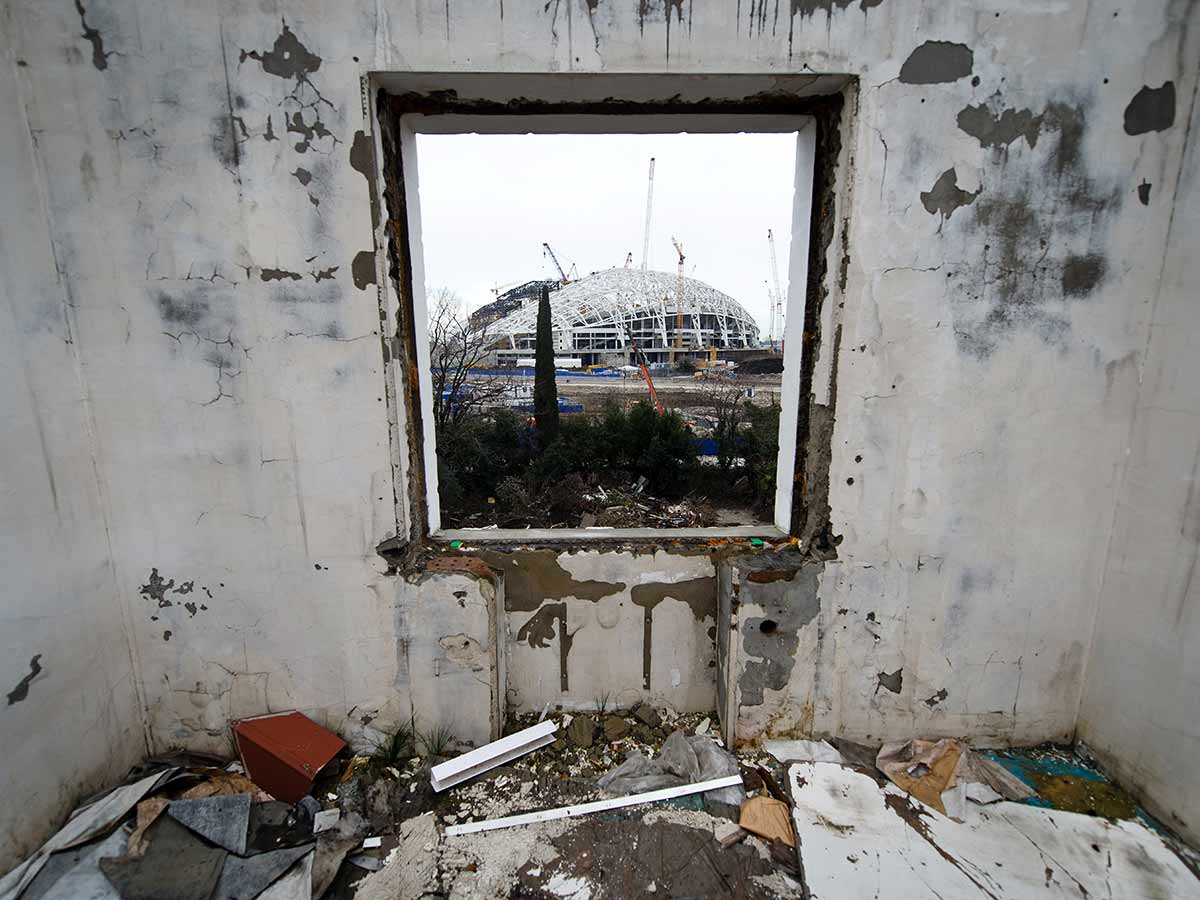
You could say that the Sochi Olympic Stadium was a multi-national effort! It was designed by an American architectural group, Populous, and a British Design company, BuroHappold Engineering. After winning the bid for the 2014 Winter Olympics, the project began, and it erected a 30,000-seat stadium which was to be used for years afterward.
The 2014 Winter Olympics alone were one of the most expensive in the history of the Games. Originally, it was budgeted at $12 million, but costs caused the figure to expand to an impressive $51 million. That’s more than three times the cost of the 2012 London Olympics and the 2008 Beijing Olympics.
Sochi Olympic Park - Today
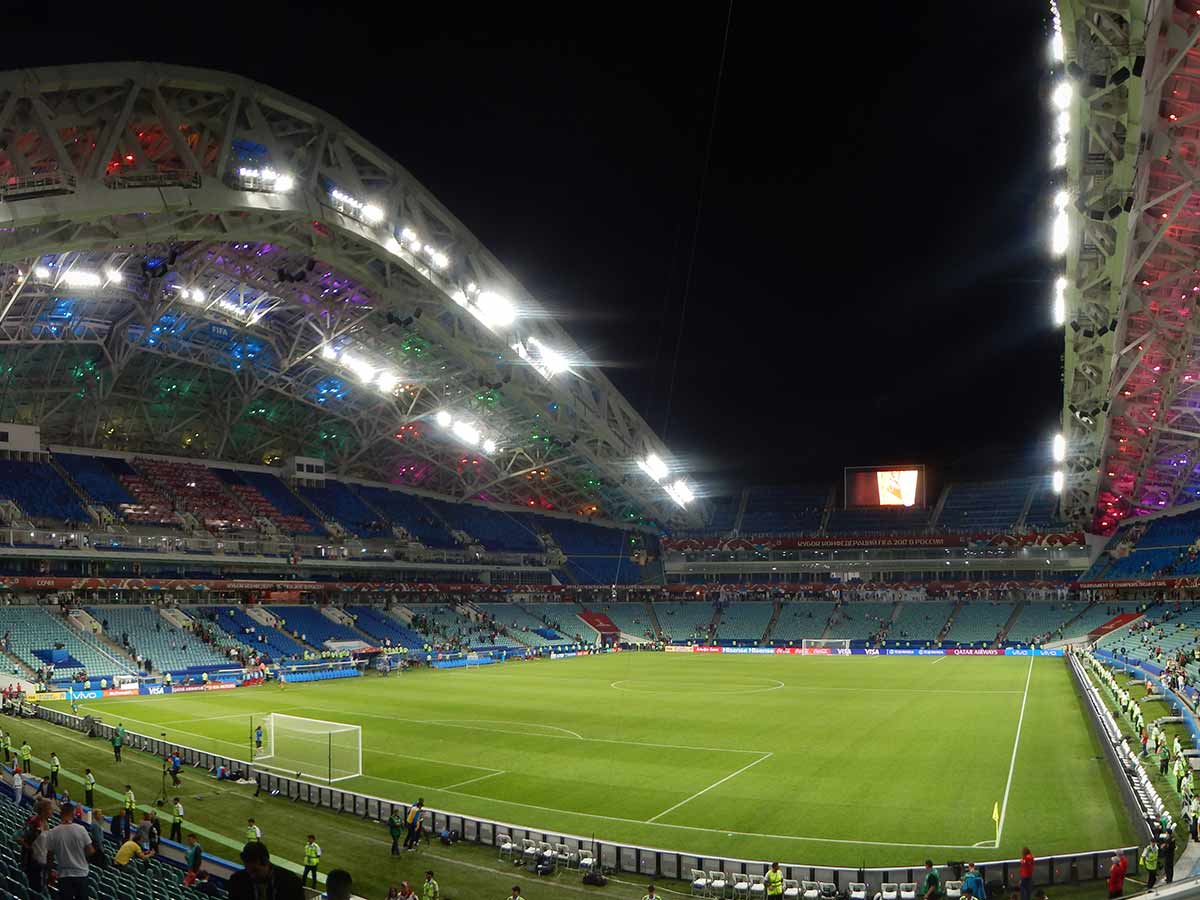
The stadium, not included in the numbers, cost $779 million to complete, so Sochi wasn’t going to let it go to waste! Following the Olympics, some major renovations needed to be completed to allow it to be used for a number of other games and projects. Namely, taking out the permanent seating in favor of removable temporary seating.
The Fisht Olympic Stadium is currently being used as a training center and match venue for the Russian national football team, but that’s not all that’s gone down there. It was also the host of the 2017 FIFA Confederations Cup and the 2018 FIFA World Cup. It’s obvious that this stadium will be used for years to come.
 Author
Ron Winkler
Last Updated: October 07, 2025
Author
Ron Winkler
Last Updated: October 07, 2025